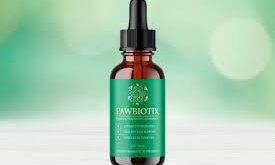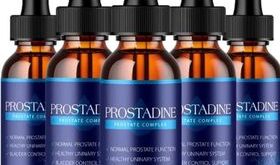What is Mold Toxicity?
Mold toxicity is a serious health condition that occurs when exposure to mold spores leads to adverse effects on the body. Mold is a type of fungus that thrives in damp and humid environments These microscopic spores contain toxins known as mycotoxins, which can trigger various symptoms and health issues.
In my previous article, I delve deeper into the details of what causes mold toxicity.
10 Mold Toxicity Symptoms
Mold toxicity symptoms can vary from person to person, but there are some common signs that you shouldn’t ignore. Here are 10 symptoms that may indicate mold toxicity:
Home Condition Symptoms:
1. Visible Mold Growth: The presence of visible mold, such as black spots or patches, on surfaces like walls, ceilings, or floors is a clear sign of mold issues in your home.
2. Musty Odor: A strong, musty smell that persists even with proper ventilation could indicate the presence of hidden mold growth.
3. Water Damage: Any previous water damage, such as leaks, floods, or condensation issues, can create an environment conducive to mold growth.
4. High Humidity Levels: Mold thrives in damp environments, so consistently high humidity levels (above 60%) can contribute to mold problems.
5. Condensation: Frequent condensation on windows, pipes, or other cold surfaces can be a sign of excess moisture and potential mold growth.
Health Condition Symptoms:
1. Persistent Coughing: If you experience a chronic cough that doesn’t go away, it could be a symptom of mold exposure.
2. Allergy-like Symptoms: Similar to allergic reactions, symptoms like sneezing, runny nose, itchy or watery eyes, and throat irritation may indicate mold-related health issues.
3. Respiratory Issues: Mold spores can cause or aggravate respiratory problems such as asthma attacks, shortness of breath, chest tightness, or wheezing.
4. Fatigue and Weakness: Feeling excessively tired or weak without any apparent reason may be linked to mold toxicity.
5. Recurrent Sinus Infections: Frequent sinus infections or sinus congestion that does not improve with treatment might be a result of mold exposure.
Preventing and Getting Rid of Mold in Your Environment
It’s important to address how you can prevent and eliminate mold in your environment. By taking proactive measures, you can create a healthier living space for yourself and your loved ones.
1. Identify moisture sources: The first step in preventing mold growth is to identify any potential sources of moisture in your home or workplace. Check for leaks, water damage, or areas with high humidity such as bathrooms for basements.
2. Improve ventilation: Proper airflow is essential to reduce moisture levels and prevent mold growth. Ensure that all rooms are well-ventilated by using exhaust fans in kitchens and bathrooms, opening windows when possible, and using dehumidifiers if necessary.
3. Keep indoor humidity low: Aim to maintain indoor humidity levels below 50%. You can use a hygrometer to monitor humidity levels regularly. If needed, consider investing in a dehumidifier to help control excess moisture.
4. Fix leaks promptly: Any signs of water damage should be addressed immediately to prevent further issues. Repairing leaks from pipes, roofs, or windows will help minimize the chance of mold growth.
5. Remove existing mold promptly: If you discover any visible signs of mold growth (such as black spots on walls), it’s crucial to act swiftly. Wear protective gear like gloves and masks while cleaning affected areas with detergent solutions or specialized products designed for removing molds.
6. It may be beneficial to explore the option of hiring a professional mold removal service. A mold removal professional plays a crucial role in preventing and getting rid of mold in your environment. Mold can be harmful to your health and can cause damage to your property if left unchecked. Here are the key responsibilities of a mold removal professional:
- Inspection and Assessment
- Mold Remediation Plan
- Containment and Safety Measures
- Mold Removal and Cleanup
- Air Quality Testing
- Prevention Strategies
 Lifeyet News Lifeyet News
Lifeyet News Lifeyet News





